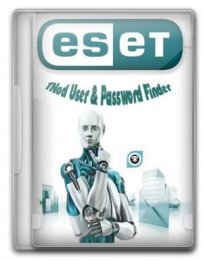
#Tnod 1.6.5 final windows#
Queries volume information of an entire harddriveĪdversaries may enumerate files and directories or may search in specific locations of a host or network share for certain information within a file system.Īdversaries may target user email to collect sensitive information from a target.Īdversaries may collect data stored in the Windows clipboard from users copying information within or between applications.įound malicious artifacts related to "91.228.165.81". Reads the registry for installed applicationsĪn adversary may attempt to get detailed information about the operating system and hardware, including version, patches, hotfixes, service packs, and architecture.Ĭontains ability to query CPU informationĪdversaries may attempt to gather information about attached peripheral devices and components connected to a computer system.

Reads information about supported languages Reads Antivirus engine related registry keysĪdversaries may interact with the Windows Registry to gather information about the system, configuration, and installed software. The system time is set and stored by the Windows Time Service within a domain to maintain time synchronization between systems and services in an enterprise network.Ĭontains ability to query the machine timezoneĪdversaries may attempt to get a listing of security software, configurations, defensive tools, and sensors that are installed on the system. Malware, tools, or other non-native files dropped or created on a system by an adversary may leave traces behind as to what was done within a network and how.Īdversaries may interact with the Windows Registry to hide configuration information within Registry keys, remove information as part of cleaning up, or as part of other techniques to aid in ] and ].Īdversaries may attempt to get a listing of open application windows. Tries to obtain the highest possible privilege level without UAC dialog Windows User Account Control (UAC) allows a program to elevate its privileges to perform a task under administrator-level permissions by prompting the user for confirmation.

#Tnod 1.6.5 final code#
Process injection is a method of executing arbitrary code in the address space of a separate live process.Īllocates virtual memory in a remote process
#Tnod 1.6.5 final driver#
Opens the Kernel Security Device Driver (KsecDD) of Windows

Loadable Kernel Modules (or LKMs) are pieces of code that can be loaded and unloaded into the kernel upon demand. Modifies auto-execute functionality by setting/creating a value in the registry

Installs hooks/patches the running processĪdding an entry to the "run keys" in the Registry or startup folder will cause the program referenced to be executed when a user logs in. Windows processes often leverage application programming interface (API) functions to perform tasks that require reusable system resources.


 0 kommentar(er)
0 kommentar(er)
